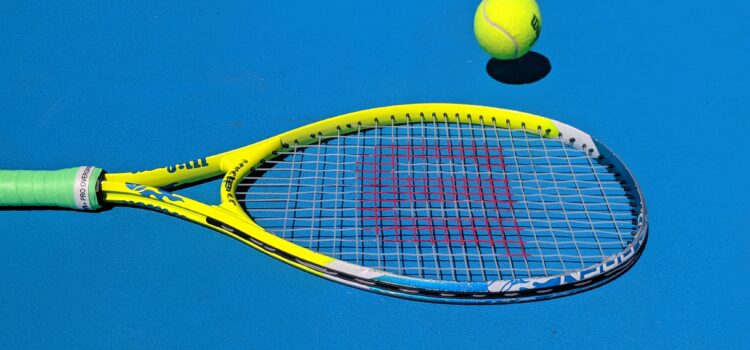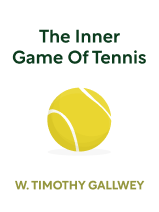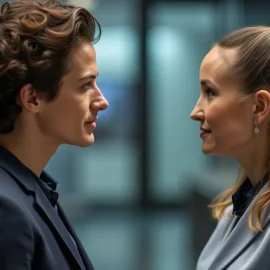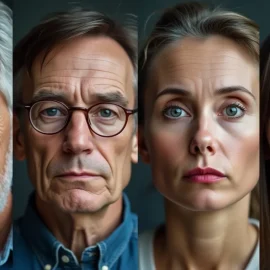

This article is an excerpt from the Shortform book guide to "The Inner Game of Tennis" by W. Timothy Gallwey. Shortform has the world's best summaries and analyses of books you should be reading.
Like this article? Sign up for a free trial here .
What are the two selves when you’re playing tennis? Why do you need them to be a good player?
The two selves of your tennis game can help you be a great athlete. Self 1 is your ego-mind, which is your own understanding of yourself and your beliefs. Self 2 is the physical self that plays tennis.
Read more about the two selves of your tennis game.
Two Selves of Tennis
To understand the two selves, consider what players often say to themselves on the court—it’s all technical:
- Keep your forehand level.
- Meet the ball in front of you.
- Get up for the ball.
- Bend your knees.
When players fail at these technical instructions, they start scolding themselves.
When players talk to themselves this way, the “I” doing the talking and the “self” listening are, in essence, two different selves. We’ll call these “Self 1” and “Self 2,” and they are at the very center of learning the Inner Game.
- Self 1 is the “I” or the “ego-mind”—the part of the brain that questions the actions of the body and chastises the body for mistakes or rewards it for success.
- Self 2 is the “myself” or the body—the physical self that is able to perform remarkable actions on a regular basis.
The key to improving your tennis game (and the rest of your life) is to improve your relationship between Self 1 and Self 2.
Think about Self 1 and Self 2 as two distinct humans:
- Self 1 is constantly repeating itself and yelling at Self 2, even though Self 2 knows what to do and has heard it before.
- Self 1 is also creating actual physical stress in Self 2: cheek muscles tightening and lips pursed.
- Self 1 doesn’t trust Self 2 and then gets angry when Self 2 screws up.
By using your two selves, you can improve your game and find more balance.

———End of Preview———
Like what you just read? Read the rest of the world's best book summary and analysis of W. Timothy Gallwey's "The Inner Game of Tennis" at Shortform .
Here's what you'll find in our full The Inner Game of Tennis summary :
- Why tennis is actually a mind game
- How to quiet the mind and concentrate intently
- Why your self-worth shouldn't be dependent on how you do in competition






